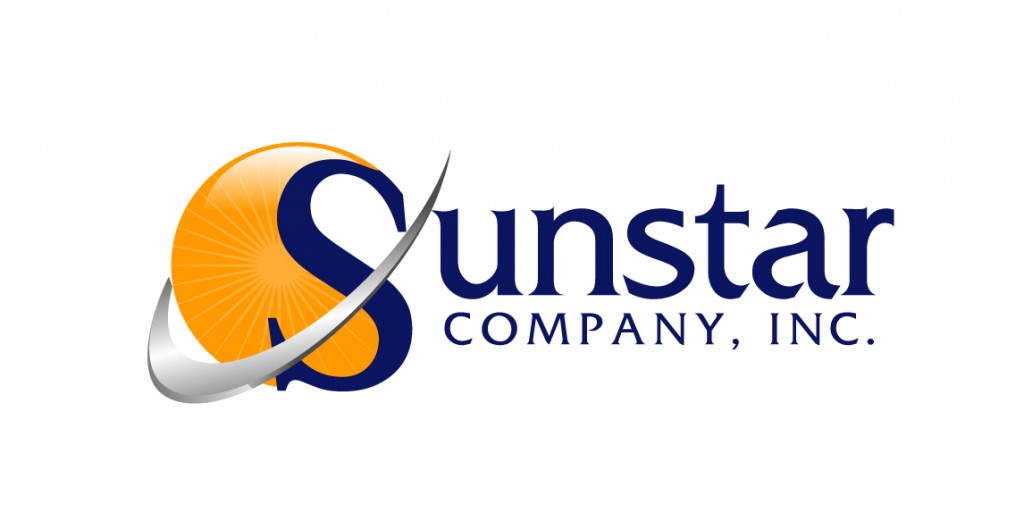LTFS (Linear Tape File System) is a file system specification that allows Linear Tape-Open (LTO) storage technology to be indexed.
- Easy and fast access to large files: 2.5 TB native capacity for a single LTO-6 tape
- Drag and drop functionality
- Appears as storage device to operating system
- Enables standard applications to write and read to LTFS formatted tapes
- Non-proprietary format provides investment protection for archive/long term storage
LTFS partitions LTO-5 or LTO-6 tapes into two segments called partitions. Partition 0 holds directory structures and pointers that let the tape drive quickly seek specific data from the tape; the data itself is stored in Partition 1. Applying a file system to a tape allows users to organize and search the contents of tape as they would on hard disk, improving access time for data stored on tape. LTFS makes it possible to drag and drop files to tape in the same way that files might be dragged and dropped to disk.
After a cartridge is loaded, the drive quickly reads the index and metadata partition on the tape without having to scan the entire tape. This allows for faster and more efficient access to the data stored on the tape.
IBM developed the LTFS format in 2010 to address tape archive requirements. The LTO Consortium of Hewlett-Packard, IBM and Seagate (now Quantum Corp.) formally adopted the LTFS Format specification, which defines how data and metadata on tape are stored in a hierarchical directory structure.
Users can download software that enables the operating system to recognize LTFS.
Utilize the StrongBox from Crossroads, a network attached storage (NAS) appliance that is purpose-built to lower the costs of long-term storage and protection for unstructured, fixed content that works with tape libraries utilizing LTFS drives.

